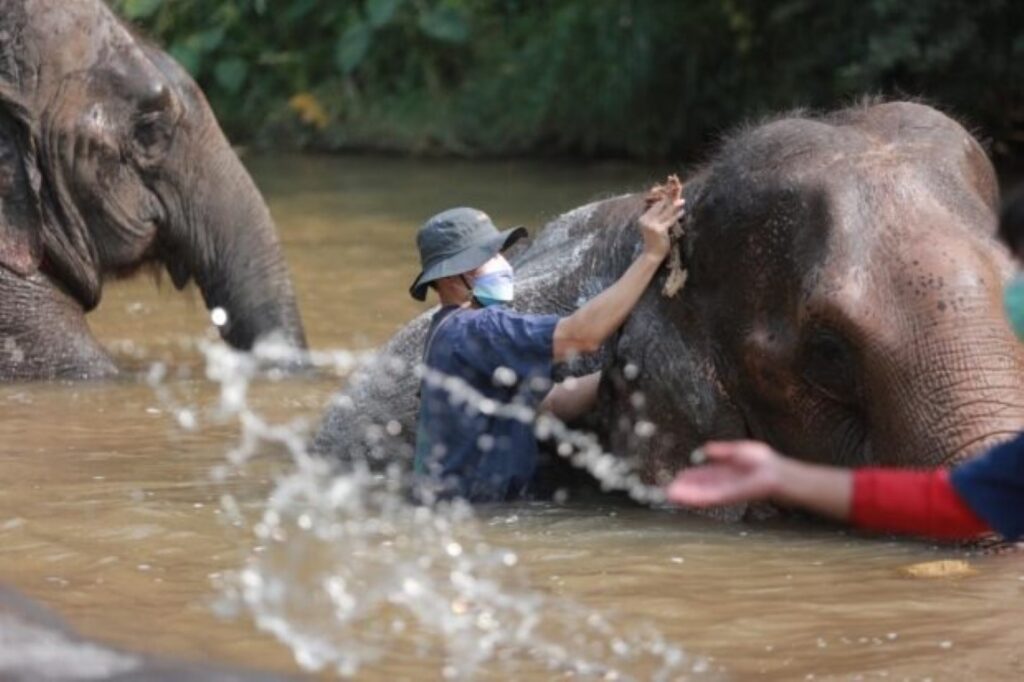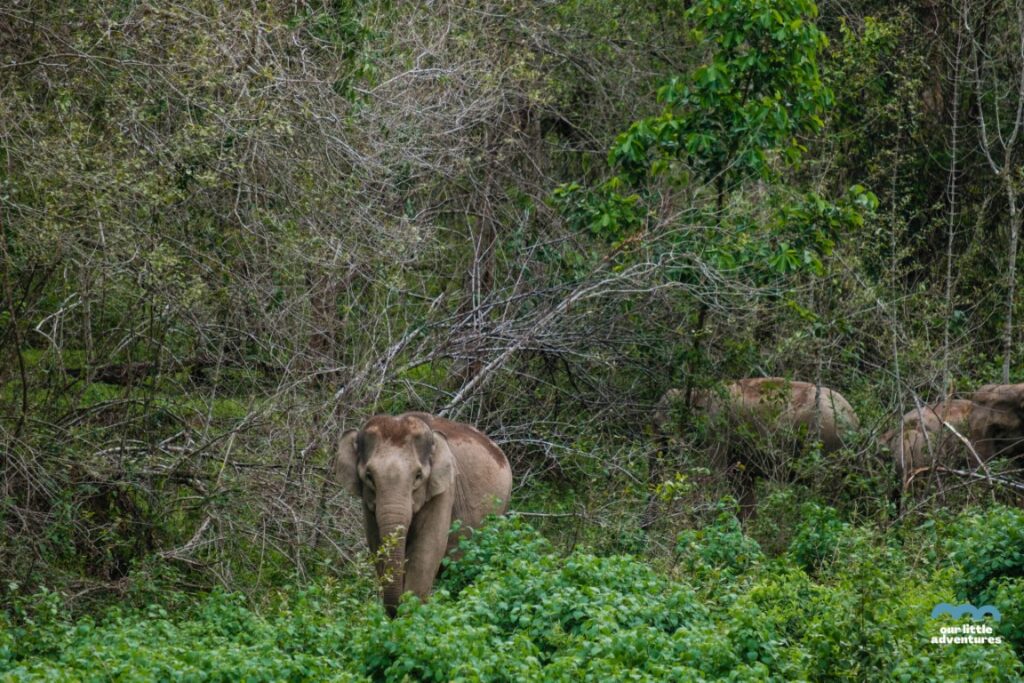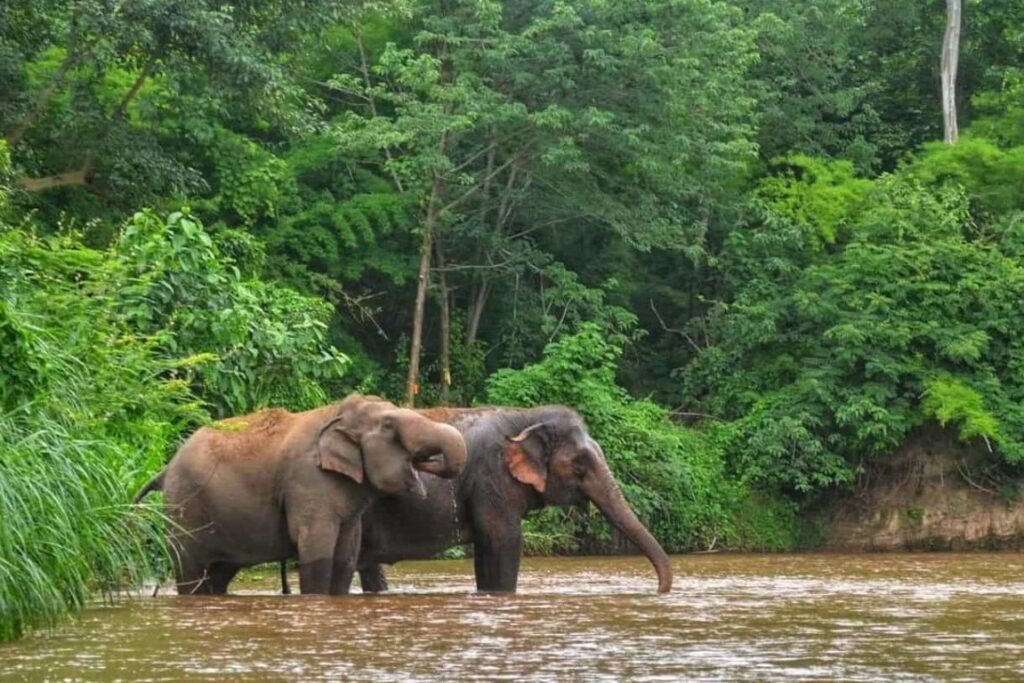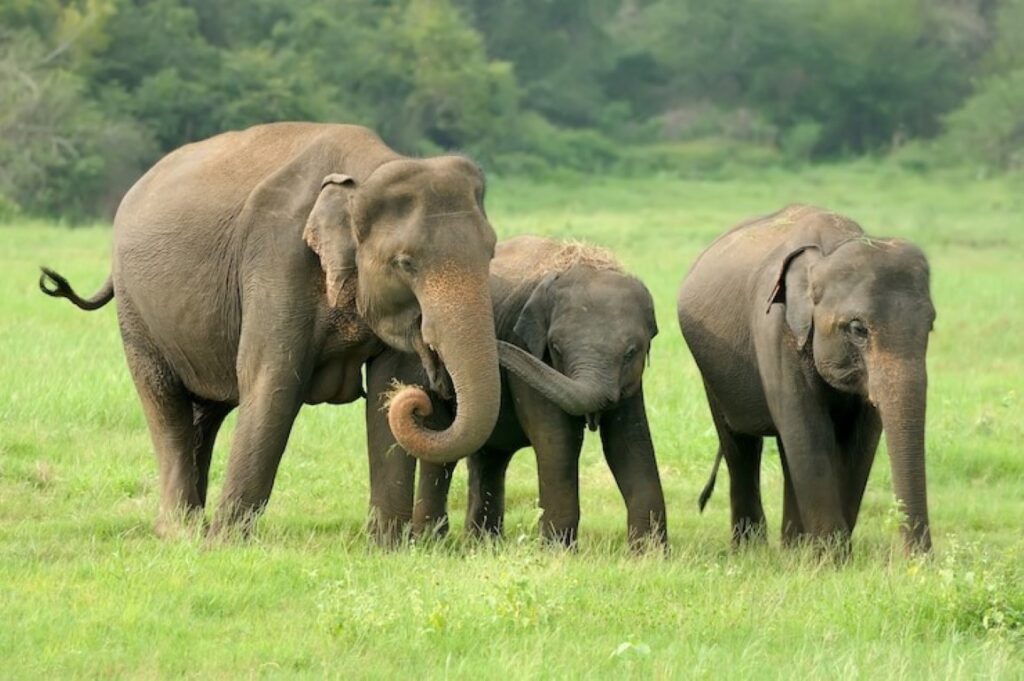Thailand is one of the few countries in the world that is home to both domesticated and wild elephants. For centuries, elephants have played an integral role in Thai society, symbolizing strength, loyalty, and wisdom. The bond between Thai people and elephants has been passed down through generations, making these majestic creatures a cherished part of the nation’s heritage. However, the advent of tourism in Thailand has brought significant changes, compelling elephants to adapt to new roles within the tourism industry. This article seeks to clarify the unique context of domesticated elephants in Thailand and their distinction from wild elephants, addressing misconceptions held by many international visitors.



The Historical Bond Between Thais and Elephants
Elephants have been interwoven with Thai history and culture for centuries. Historically, they served as symbols of royal power, religious reverence, and practical utility. White elephants, in particular, were considered sacred and were associated with the monarchy. In ancient battles, elephants were war companions, and in peacetime, they assisted in agriculture and transportation.
The tradition of domesticating elephants has been meticulously preserved, with knowledge of elephant care, training, and communication passed down through generations. Mahouts, the elephant caretakers, share an almost familial bond with the elephants they tend, forming a unique relationship based on trust and understanding.
Transition to the Tourism Industry
With the decline of logging, which was banned in 1989 to protect forests, many domesticated elephants and their mahouts faced a crisis. Without traditional roles, they turned to tourism as a means of survival. Elephant sanctuaries and camps emerged as a solution, allowing elephants to engage with visitors while providing income for their caretakers.
Tourism-related activities range from ethical sanctuaries, where elephants roam freely and interact with visitors on their terms, to less ethical practices, which have drawn criticism for exploitative treatment. As Thailand’s tourism industry grew, so did the demand for elephant-related experiences, making it crucial to educate tourists about responsible practices.



Domesticated vs. Wild Elephants: A Common Misunderstanding
Many visitors arrive in Thailand with the assumption that all elephants belong in the wild. While this is true for some countries, the situation in Thailand is distinct. Domesticated elephants have been integrated into Thai society for centuries. Unlike wild elephants, these elephants are accustomed to human interaction and cannot survive in the wild without support.
Thailand’s wild elephant population, estimated at around 3,000 individuals, resides in national parks and protected areas. In contrast, domesticated elephants, numbering approximately 4,000, live under human care. They rely on their mahouts for food, shelter, and healthcare, making their return to the wild impractical.


The Role of Elephant Sanctuaries in Education and Conservation
Elephant sanctuaries in Thailand aim to bridge the gap between tourists and these remarkable creatures. By offering interactive experiences, sanctuaries allow visitors to learn about elephant behavior, diet, and social dynamics. Activities such as feeding, bathing, and observing elephants in their naturalistic settings provide a deeper appreciation for their intelligence and emotional complexity.
However, not all sanctuaries operate ethically. Visitors should seek facilities that prioritize the well-being of elephants, avoiding those that involve performances, rides, or forced interactions. Responsible sanctuaries emphasize education, conservation, and creating a safe space for elephants to thrive.
Challenges and Misconceptions
One of the most pervasive misconceptions is the belief that elephants used in tourism are wild and should be released into forests. While this idea stems from good intentions, it overlooks the reality of domesticated elephants. These elephants lack the survival skills needed for life in the wild. Moreover, the diminishing forest cover in Thailand poses another significant challenge, as it limits the space available for wild elephants.
Another challenge is the economic dependency of mahouts on tourism. With limited alternative livelihoods, tourism provides a vital source of income for mahouts and their families. Ethical tourism, therefore, plays a crucial role in ensuring both the welfare of elephants and the livelihood of their caretakers.
.



Promoting Responsible Tourism
Visitors to Thailand can play an active role in supporting ethical elephant tourism by:
- Researching Sanctuaries: Choose facilities that prioritize elephant welfare, transparency, and conservation.
- Avoiding Harmful Practices: Refrain from participating in activities that involve riding, performances, or unnatural behaviors.
- Spreading Awareness: Share knowledge about domesticated elephants and the importance of ethical tourism with others.
- Supporting Conservation Efforts: Contribute to organizations that protect wild elephant habitats and promote sustainable practices.
A Unique Opportunity to Connect with Elephants
Thailand offers a rare opportunity for visitors to connect with domesticated elephants, gaining insights into their fascinating lives. These experiences are not merely about entertainment but about fostering understanding and respect for one of nature’s most intelligent creatures. By learning about the unique context of domesticated elephants in Thailand, visitors can appreciate the cultural and historical significance of these gentle giants.
Conclusion
Thailand’s relationship with elephants is a testament to the deep bond between humans and nature. Domesticated elephants are not wild creatures displaced from forests but are part of a centuries-old tradition that continues to evolve. Understanding this context is essential for appreciating their role in Thai society and for supporting ethical practices that benefit both elephants and their caretakers. By promoting responsible tourism and education, we can ensure that these majestic animals remain a cherished part of Thailand’s heritage for generations to come.

